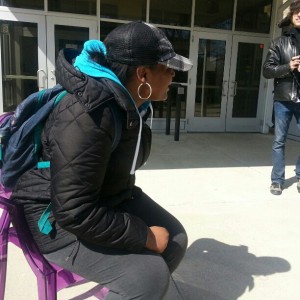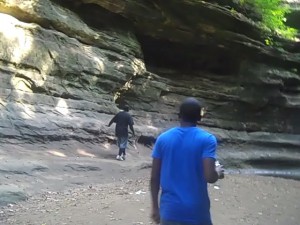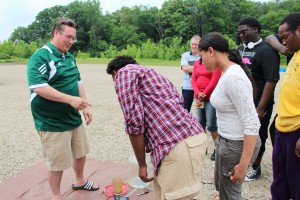Success through Self Determination
byEditor’s Note: The following story was written by Urban Youth International Journalism Program Coordinator Quintana Woodridge, herself a graduate of the UYJP. The UYIJP is generously funded by the McCormick Foundation.
The Urban Youth International Journalism Program (UYIJP) has graduated thousands of young people from the J-101 journalism training classes since we got started back in 1998 and we are proud of all of them. But once in a while, we like to shine a spotlight on those who deserve some special recognition. Keisha Ruth, a graduate of the 2011 class of UYIJP who is now a junior at Western Illinois University, is proof of that the past doesn’t matter and the future can be a success.
Categories: Homepage UYIJP



